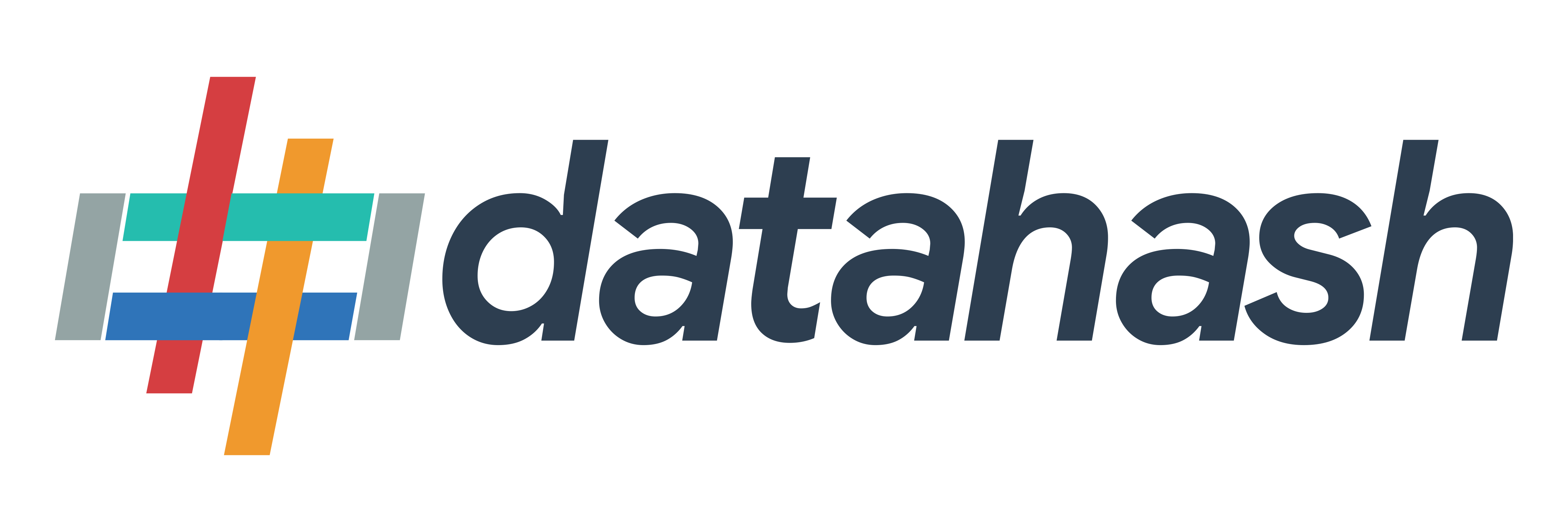Overview:
The Meta Web Conversions API (CAPI) for Web Events enables server-to-server first-party data tracking from an advertiser’s website to Meta’s systems. This helps optimize ad targeting, reduce cost per result, and improve outcome measurement.Server events are linked to a Dataset ID and processed similarly to events sent via the Meta Pixel, making them eligible for measurement, reporting, and optimization.
Goal:
- Reduce cost per action through improved data connectivity.
- Optimize ads for actions occurring later in the customer journey.
- Improve measurement accuracy.
- Enhance event matching to further reduce the cost per action.
- Increase control over your data.
Source Set-up:
The website data source is the most common method for tracking user actions. It captures user interactions and hashed user data, which can be sent to various destinations such as:
- Ad platforms (for targeting and optimization)
- Analytics systems
- Marketing automation tools
Destination Set-up:
The Meta Web Conversions API destination is configured using a Dataset ID, which can be created or accessed via Meta Events Manager (within a Meta Business Manager account).The API is authenticated using an Access Token, which can be generated:
- Through the “Login with Facebook” SSO flow provided by Datahash.
- Manually from the Dataset settings in Meta Events Manager.
Pre-requisites:
- A Datahash account with Website Source and Meta Web CAPI destination connectors enabled.
- Access to the Domain Manager of your website to configure a subdomain.
- Access to Google Tag Manager or your website code to implement tags.
- A Meta Business Manager account with access to the Dataset ID in Events Manager.
This document will guide you through the implementation of the Meta Web Conversions API (CAPI) through your website as a data source.
Implementation of Meta Web Conversions API (Web CAPI) includes the following three steps:
Step 1: Set up a sub-domain for first-party cookies
Step 2: Set up your website as a data source for Web events












